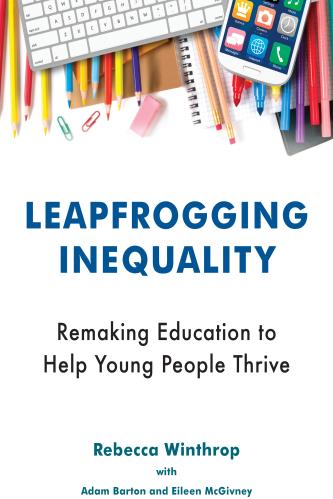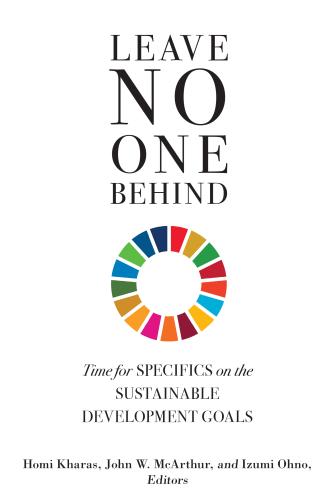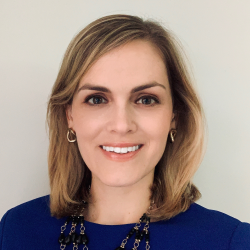This blog shares insights from “Leapfrogging to Ensure No Child Is Left Without Access to a Twenty-First Century Education,” the authors’ chapter from a new Brookings Press book “Leave No One Behind: Time for Specifics on the Sustainable Development Goals.”
The ambitious Sustainable Development Goal (SDG) 4 embraces lifelong learning to enable all young people to thrive today and into the future. Achieving this goal calls for the development of a breadth of skills that combine academic disciplines with 21st century skills such as collaboration, digital literacy, and problem solving. Sadly, SDG 4 is not on track to be achieved by 2030, and the most marginalized and vulnerable segments of society are at risk of being left behind.
In our chapter in the new book “Leave No One Behind,” we argue that a key to reaching the most marginalized is to harness the power of innovation in order to make rapid, non-linear progress—or what we call “leapfrogging.” We recommend that governments and other education actors shift the paradigm from an incremental approach—one in which decisionmakers prioritize access to education before addressing education’s quality and relevance to the 21st century—to a model of leapfrogging, in which access to a quality, future-ready education is addressed at once, benefitting all learners including those in the most marginalized communities. Research by the Center for Universal Education at Brookings finds that, at the current pace of change, it could take approximately 100 years for those furthest behind to catch up to the learning levels of those for whom the education system is working well. While leapfrogging is an ambitious goal, it is hard to imagine how the 2030 targets can be reached without this critical mindset shift.
How might one leapfrog? We highlight a pathway for leapfrogging, initially introduced in the 2018 “Leapfrogging Inequality” book that draws from existing literature and over 100 stakeholder interviews. The pathway has two essential elements: first, how teaching and learning happens, and second, how student learning is recognized and verified. We argue that for leapfrogging to occur, teaching and learning should be student-centered to foster breadth of skills and recognition of learning should be individualized to account for differences in student learning and goals. The pathway has two support elements that may not be necessary in all contexts, but we argue are particularly useful given the scale of the challenge and can help reach those furthest behind. These support elements are: people and places, and technology and data. Leapfrogging, here, happens when there is a diverse mix of educators extending beyond teachers and settings for education extending beyond schools, and when the use of technology and data that is transformative and results-oriented.

In practice, leapfrogging can look like the Go for Gold program in South Africa which serves disadvantaged youth through its “education-to-employment” program. The program diversifies people and places by bringing in industry partners as mentors and pairing secondary students with private sector internships. Go for Gold matches industry needs with student interests and skills, showing how the progression and verification of learning can be more authentically individualized. The program has significantly higher secondary school pass rates than the national average and has led to gainful employment for program graduates.
Leapfrogging can also look like the Amazonas Media Center in Brazil, a government-led innovation that splits the teaching profession into two and provides virtual secondary schooling to remote villages. “Lecturing” teachers, based in the region’s capital, provide broadcast instruction to small villages that previously lacked access to trained teachers, while locally-based “mentoring” teachers facilitate discussion and classroom management. The program fosters student-centered learning by engaging students across villages in virtual dialogue and exchange. It also enables teachers in the region to support each other, simplifying the roles each plays while also providing students access to expert knowledge, and is an example of how to use effective and results-oriented technology.
While these examples and others highlight how many around the world are already embracing a leapfrog mindset, education decisionmakers at the highest levels need to think more seriously about how to accelerate education progress through innovation. For any of this to happen, it will take a range of bold moves and sustained support and research. Ultimately, political leaders can play an important role by articulating a new vision of education progress—one that harnesses both innovation and system transformation to reach all children. Shifting away from the dominant incremental approach of education toward a leapfrogging mindset may be difficult but critical to realize SDG 4.









Commentary
No learner left behind: Embracing the leapfrog mindset to achieve the SDGs
September 25, 2019